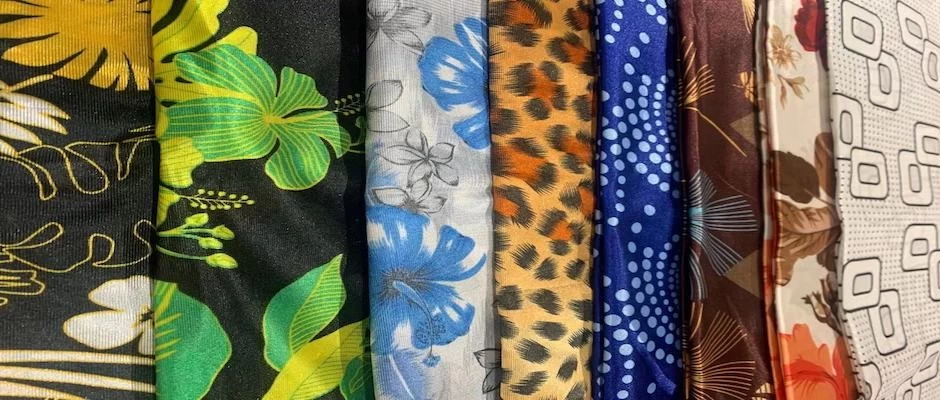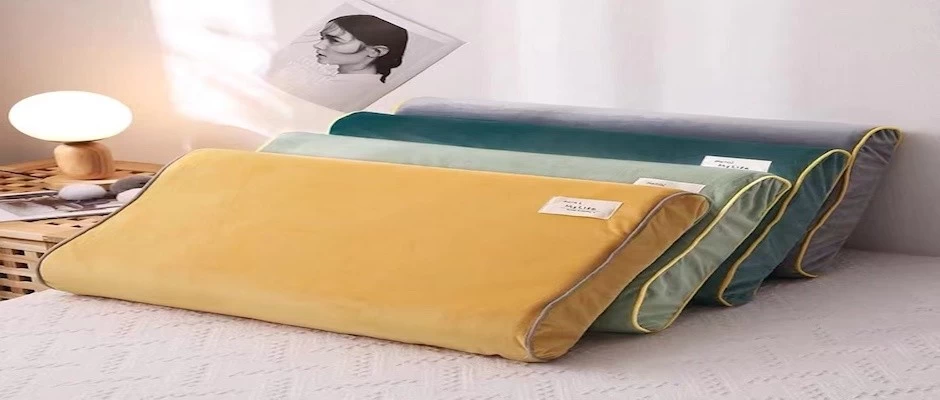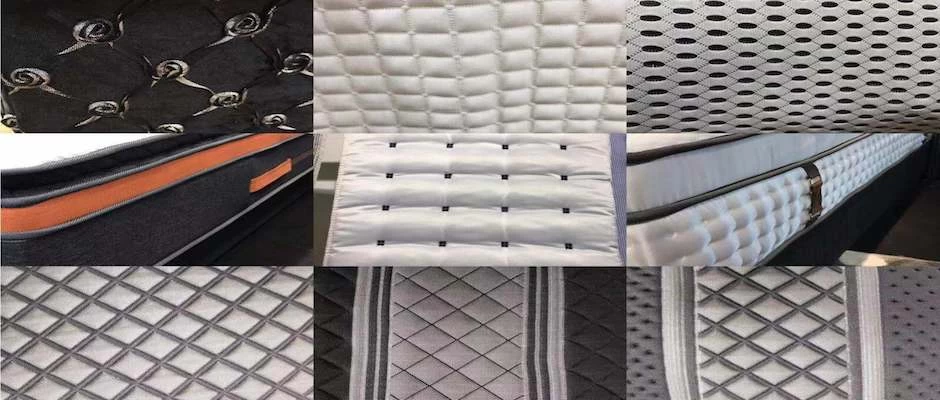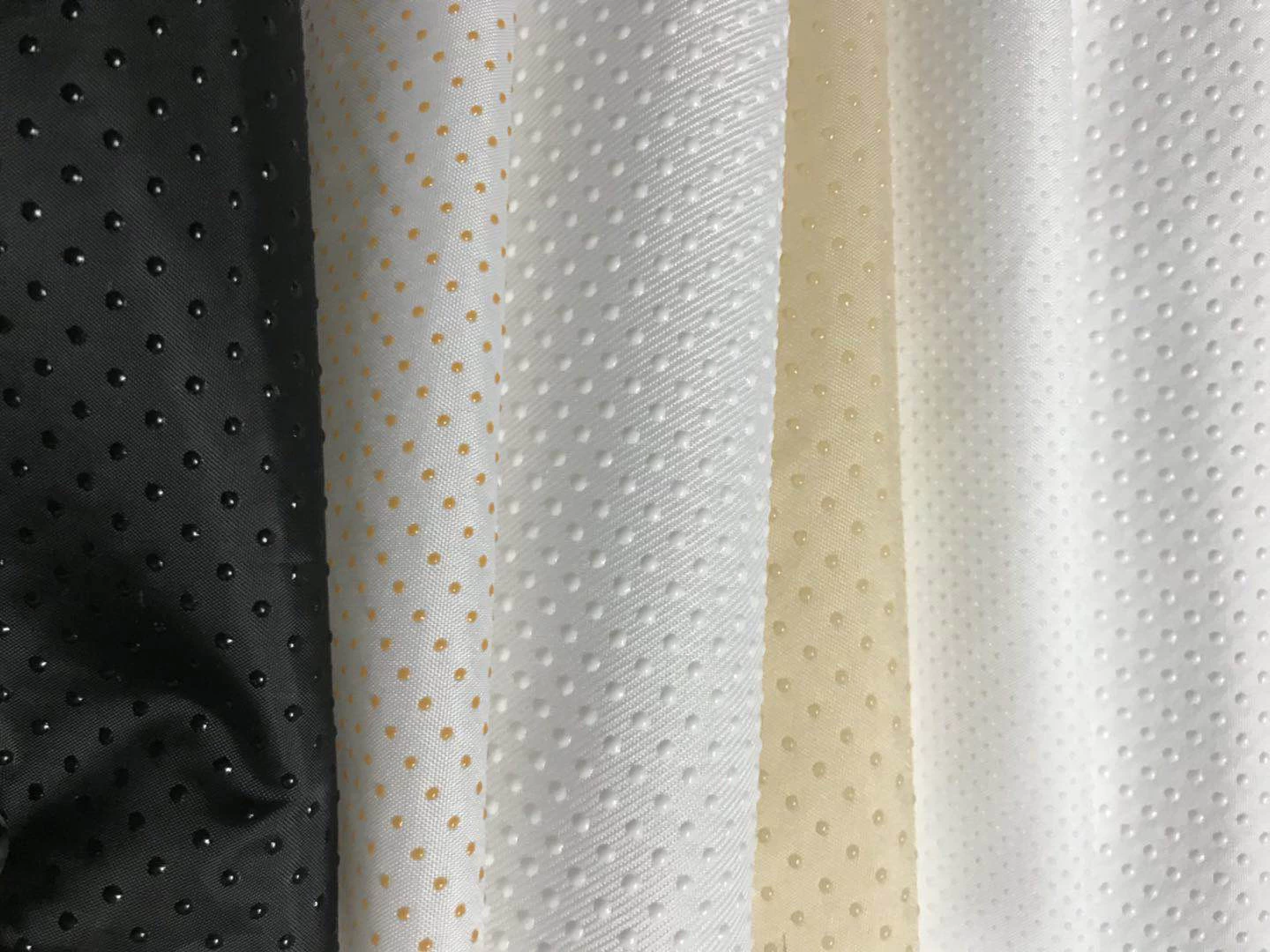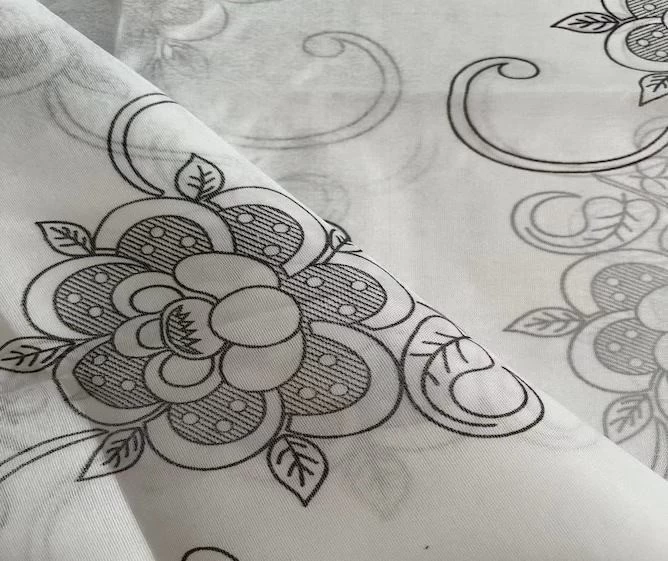Textile formaldehyde crisis, how to control textile formaldehyde?
hya
hya.com
2018-11-13 14:47:39

In fact, in addition to formaldehyde damage caused by decoration, new furniture, etc., the formaldehyde contained in textiles can not be ignored. For clothing that is worn directly, the formaldehyde content is strictly controlled. So where does formaldehyde come from in textiles?
From the point of view of the textile processing process, the formaldehyde on the textile mainly comes from the resin finishing after the dyeing and finishing treatment. Some of the chemical additives used in these finishings are formaldehyde-containing and are used during the wearing of the textile. Release formaldehyde. Therefore, to control the formaldehyde content of textiles(Home textile fabrics manufacturer), it is necessary to use formaldehyde-free environmentally friendly additives.
Since the 1930s, major chemical companies at home and abroad have carried out research on fixing agents. At that time, there were no reactive dyes. Therefore, the focus was on direct and acid dyes, including dicyandiamide formaldehyde resin and copper dicyandiamide. The effect of resin fixing is ideal, and the product of fixing agent is gradually formed. In the 1980s, with the awareness of environmental protection, the defects of aldehyde-containing fixing agent are gradually exposed, such as easy to cause dyed fabric to change color and feel rough, especially It is a high formaldehyde content, irritating to the skin and toxic, and is restricted. (Folding bed manufacturer china)
Japan, Germany and the European Community stipulate that the formaldehyde emission of textiles and infant textiles that are in direct contact with the skin should be less than 75 and 20 mg/kg respectively; China's formaldehyde content of textiles is also mandatory, and the requirements for formaldehyde emission are required. Same as Japan and Germany. Therefore, the development and use of formaldehyde-free fixing agent has become the mainstream of the development of fixing agents.


